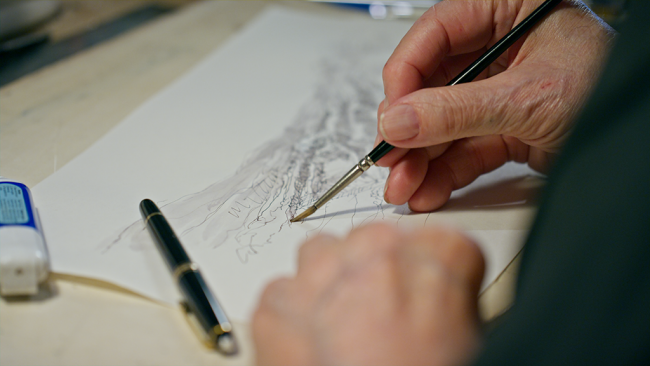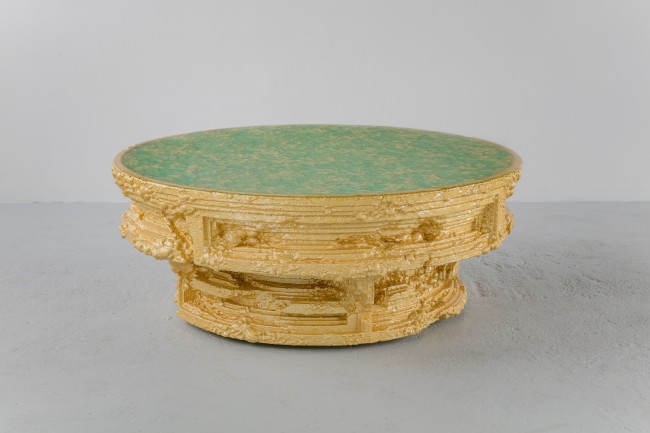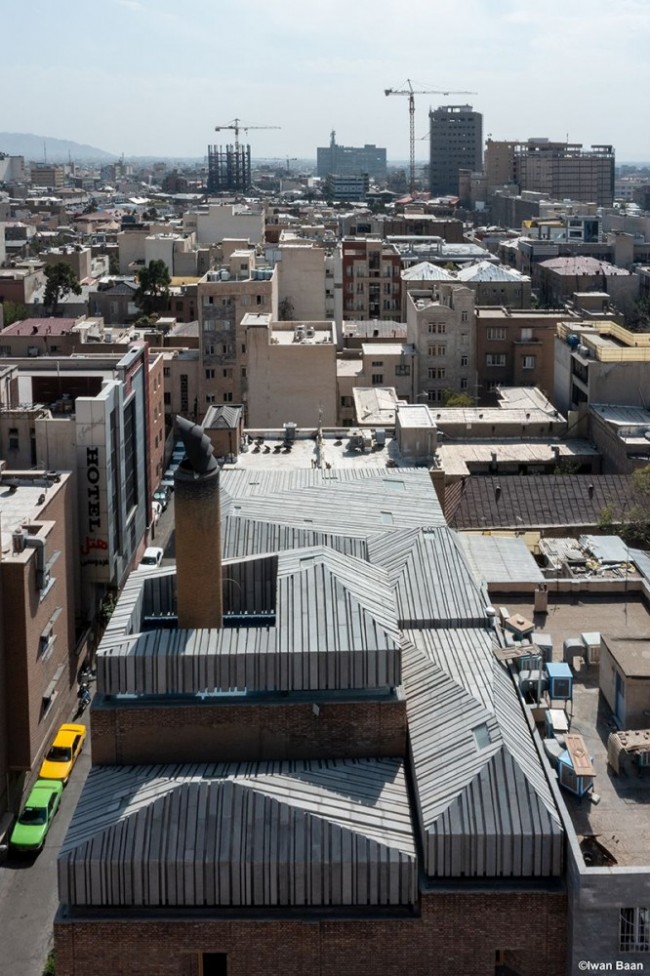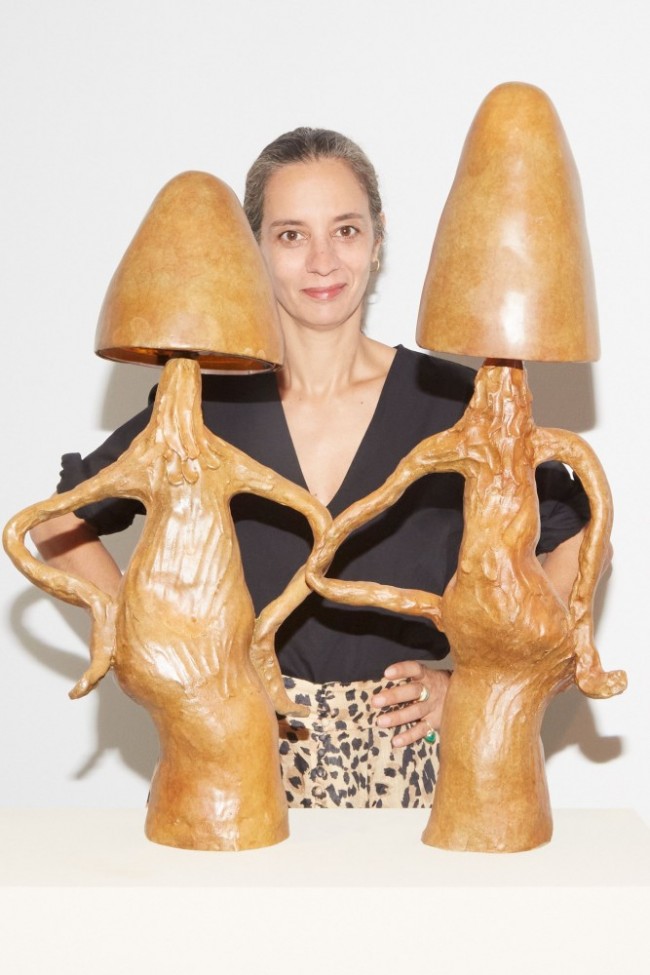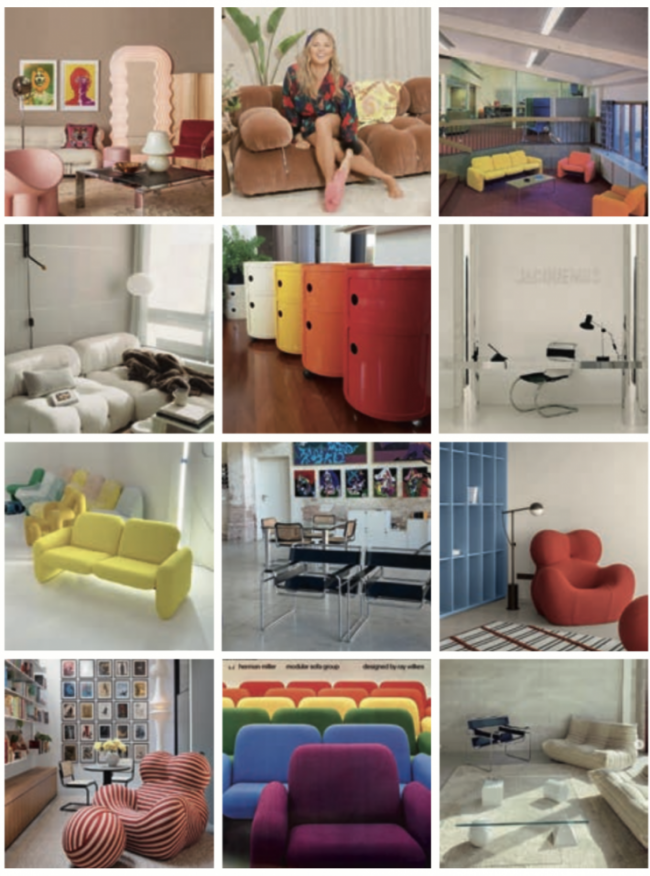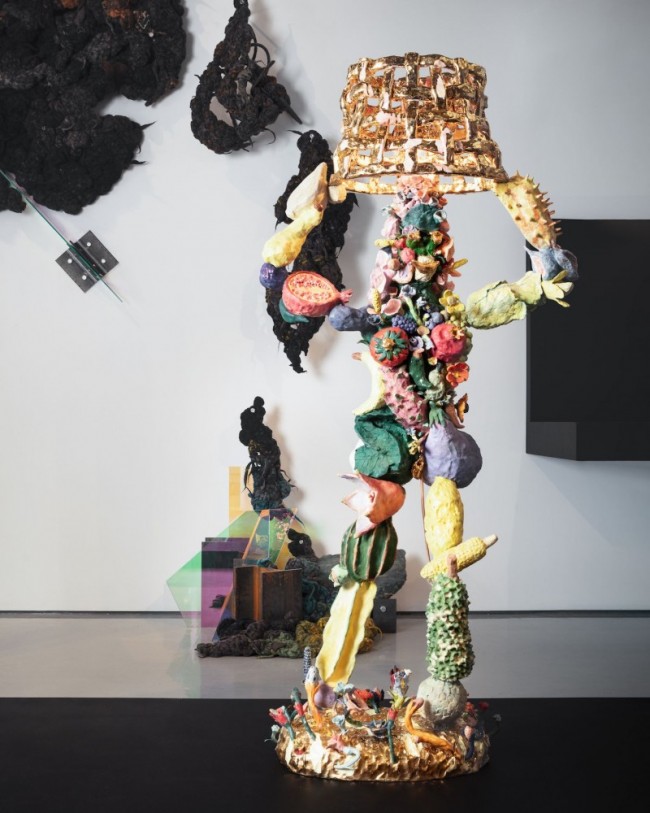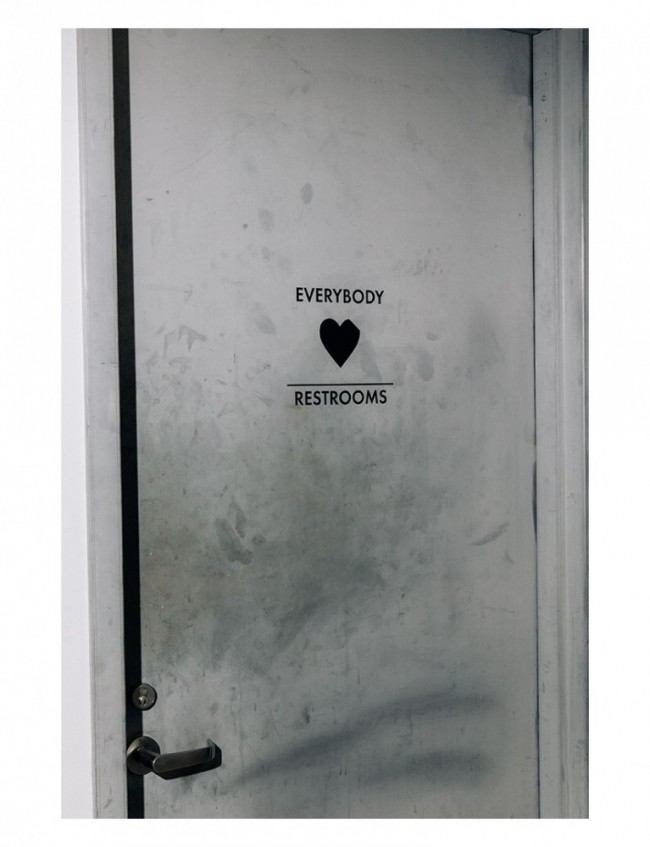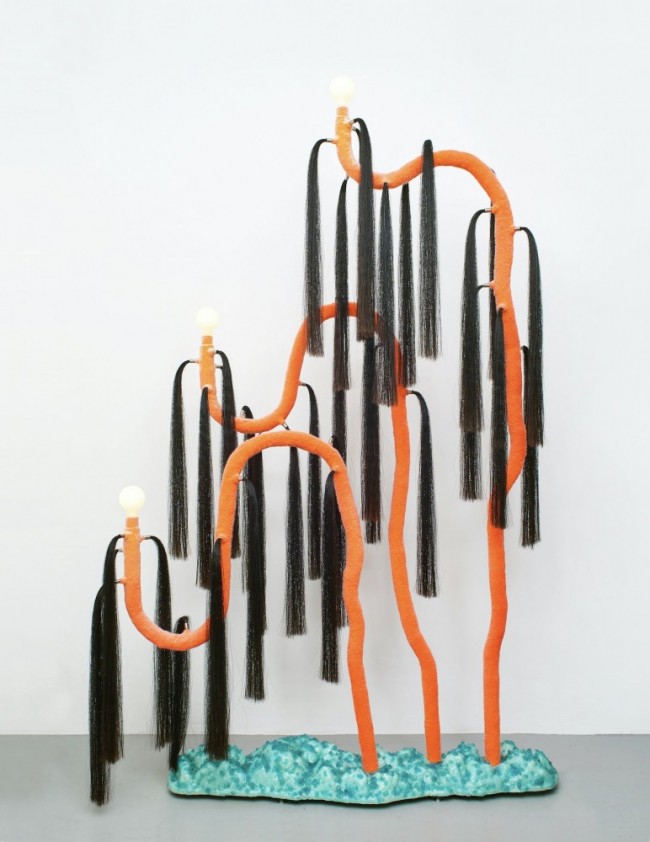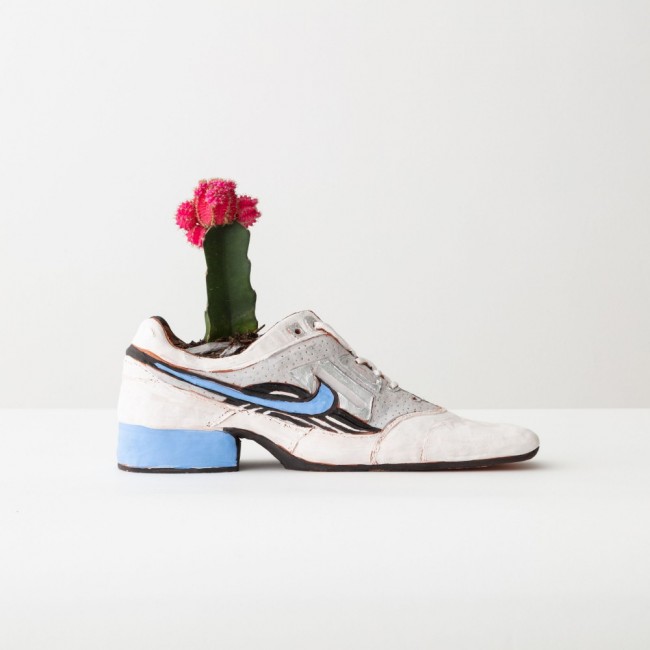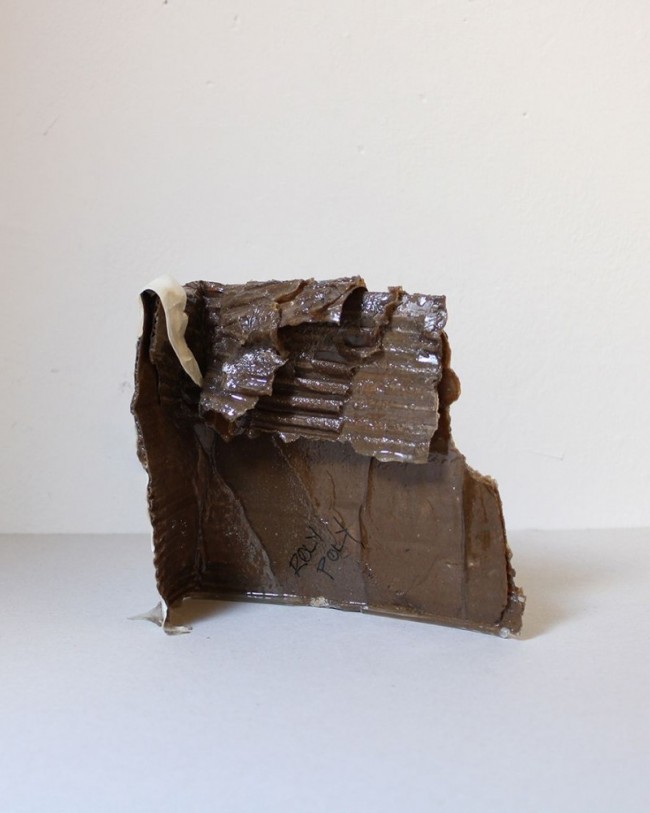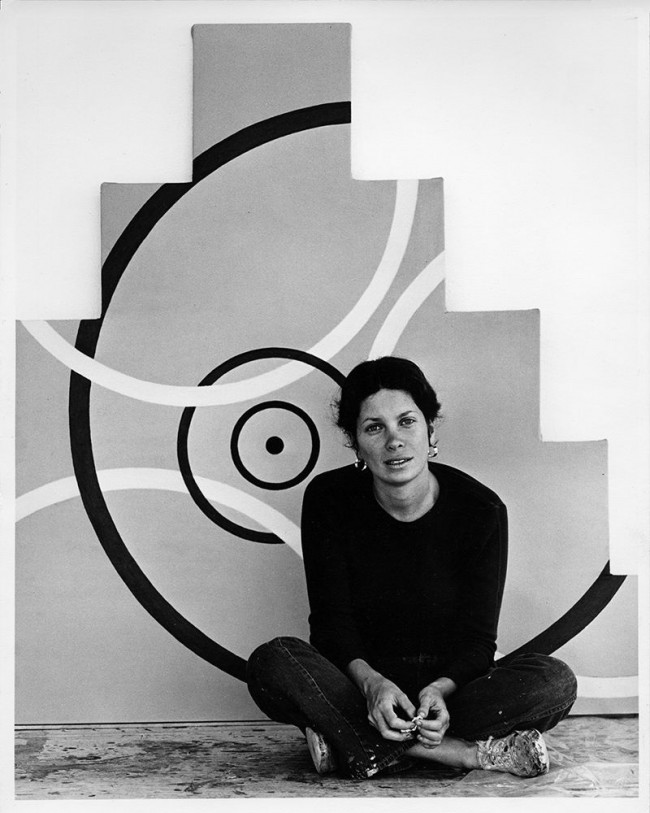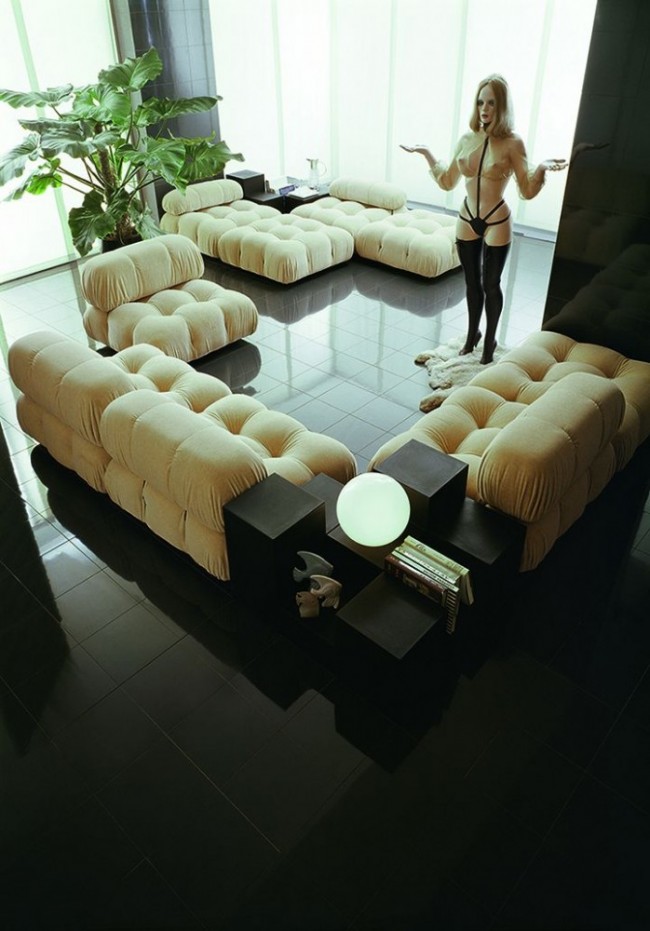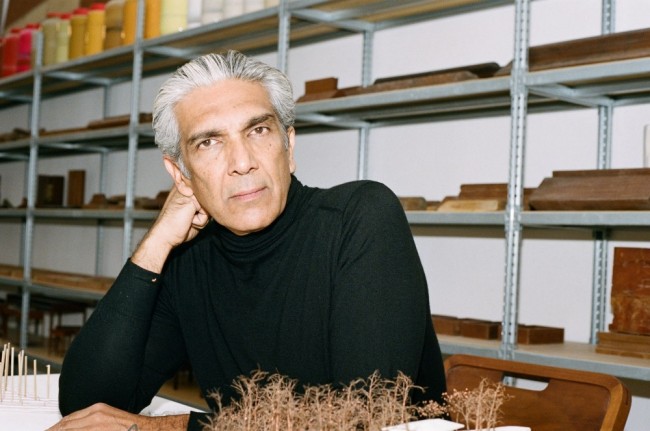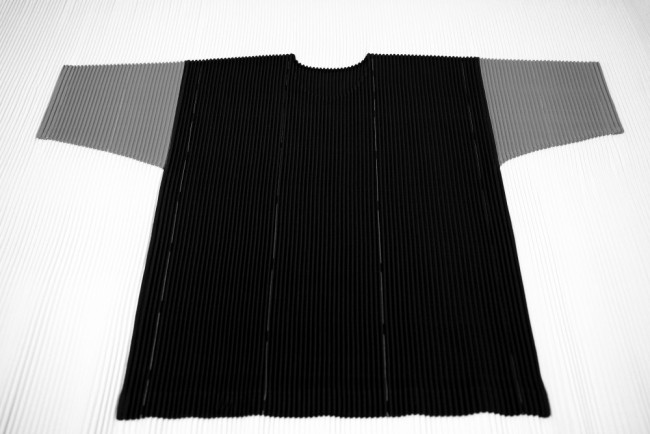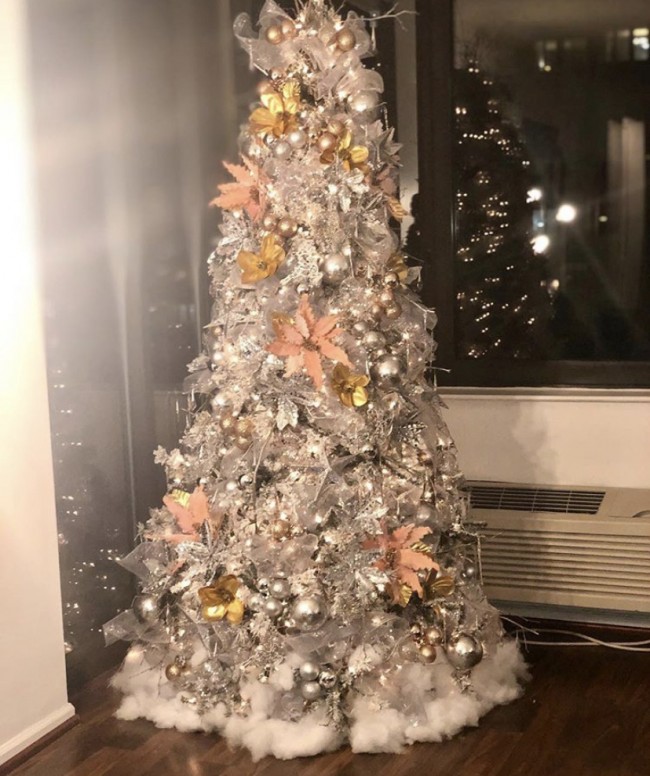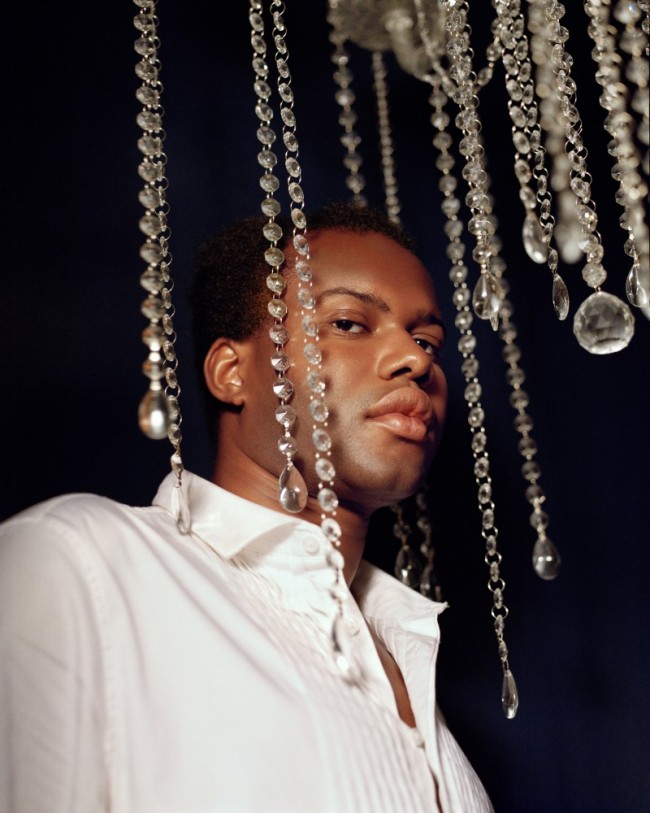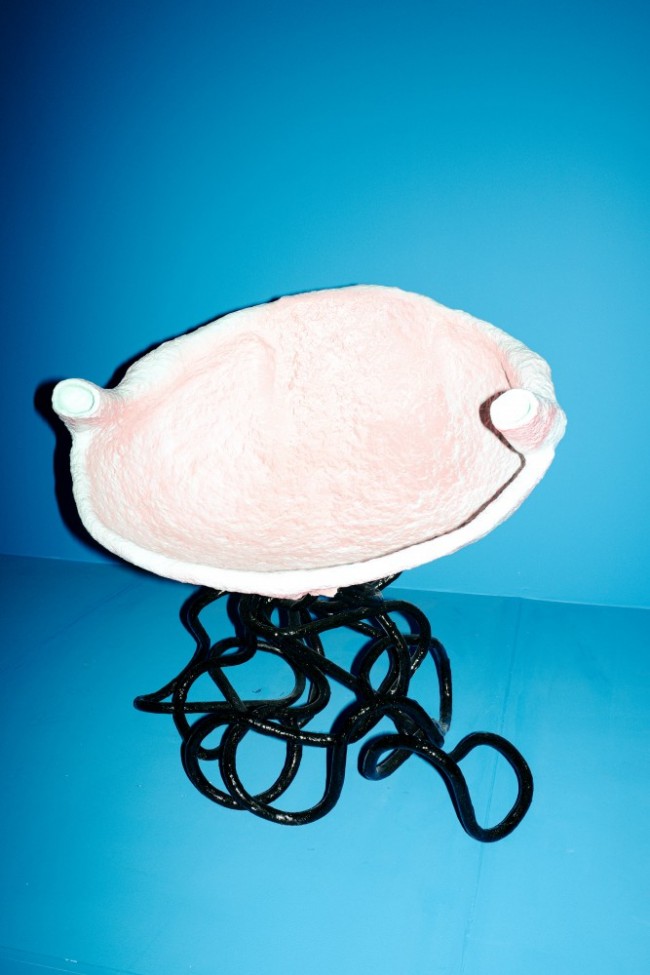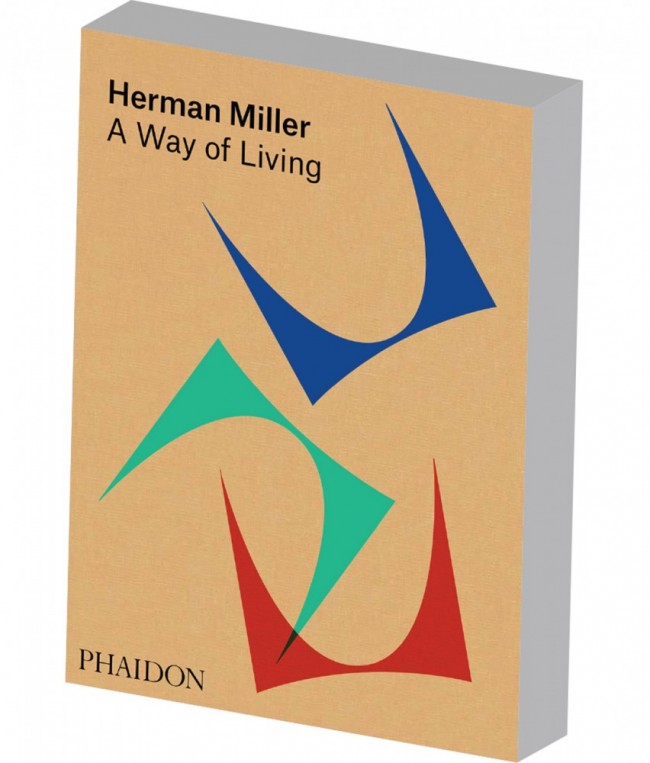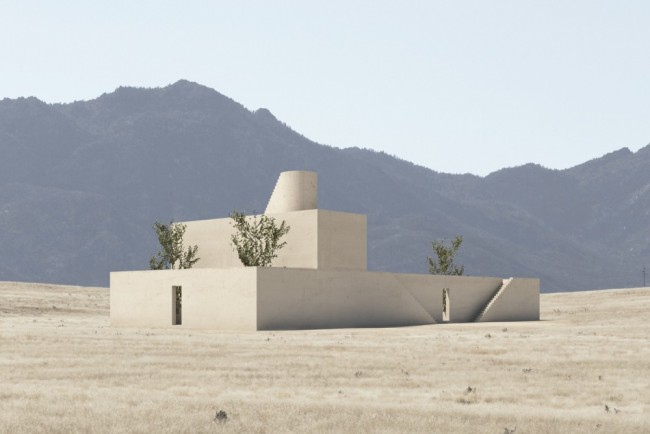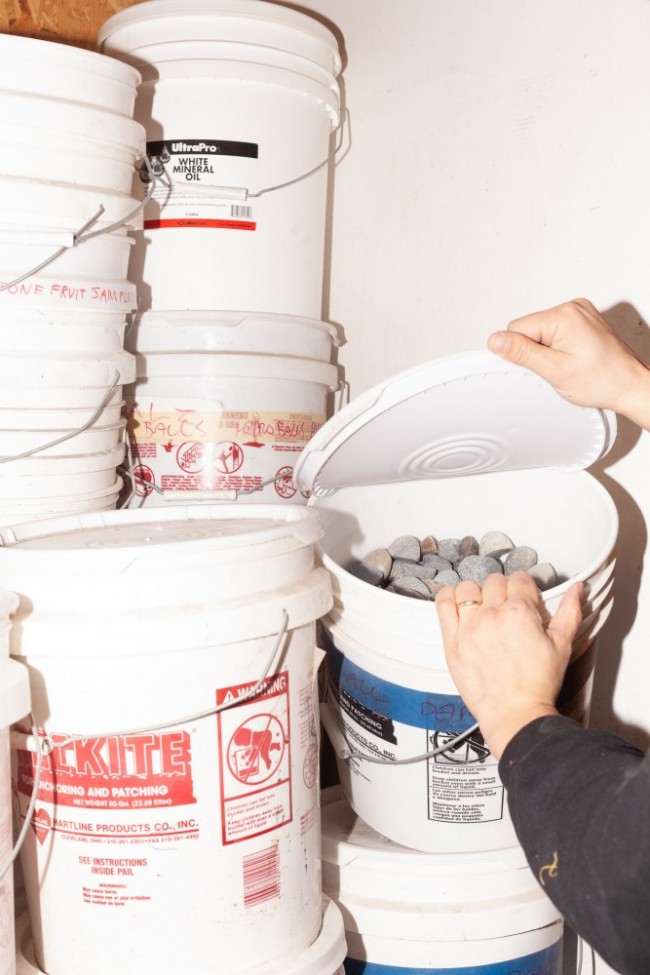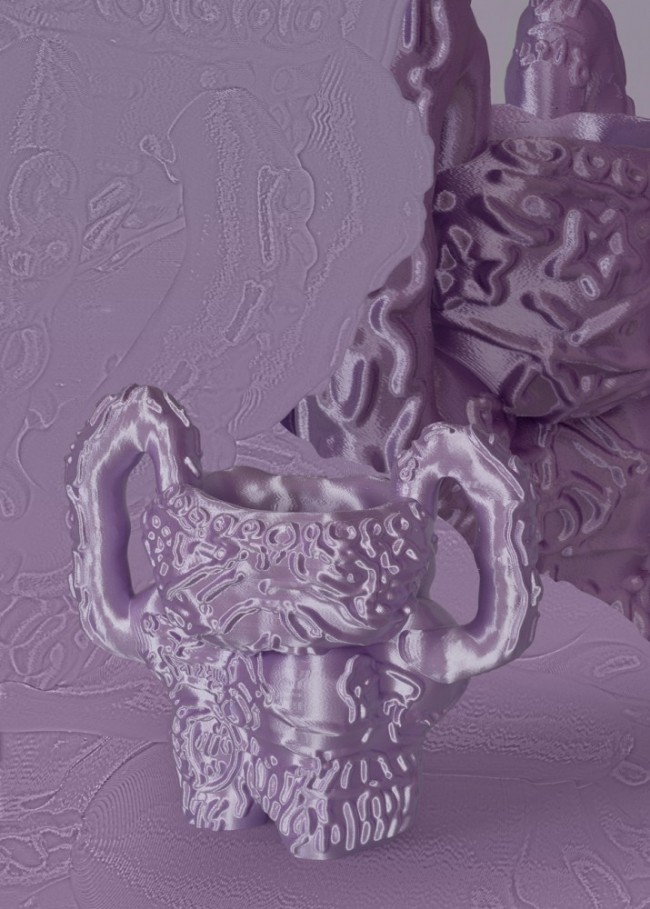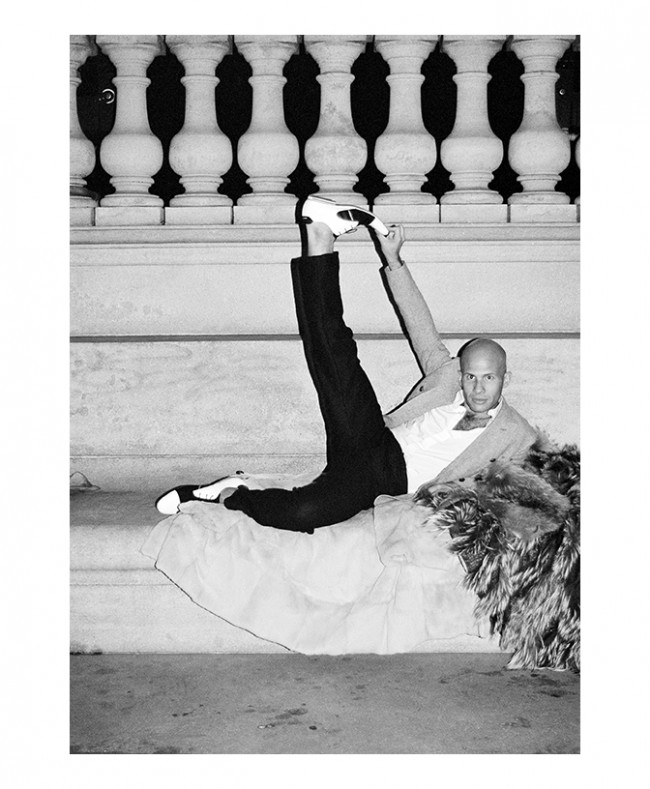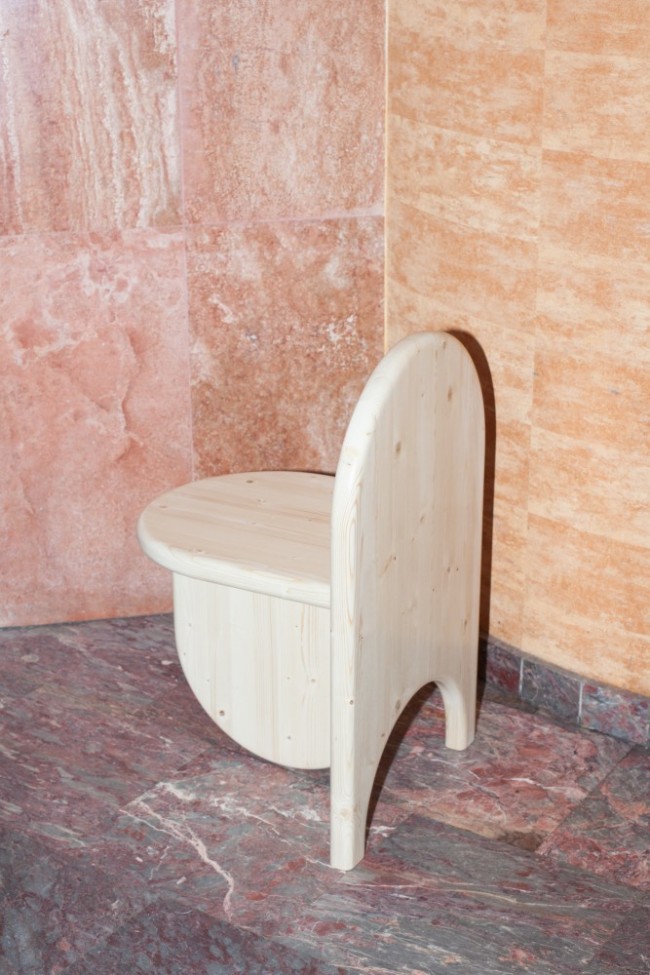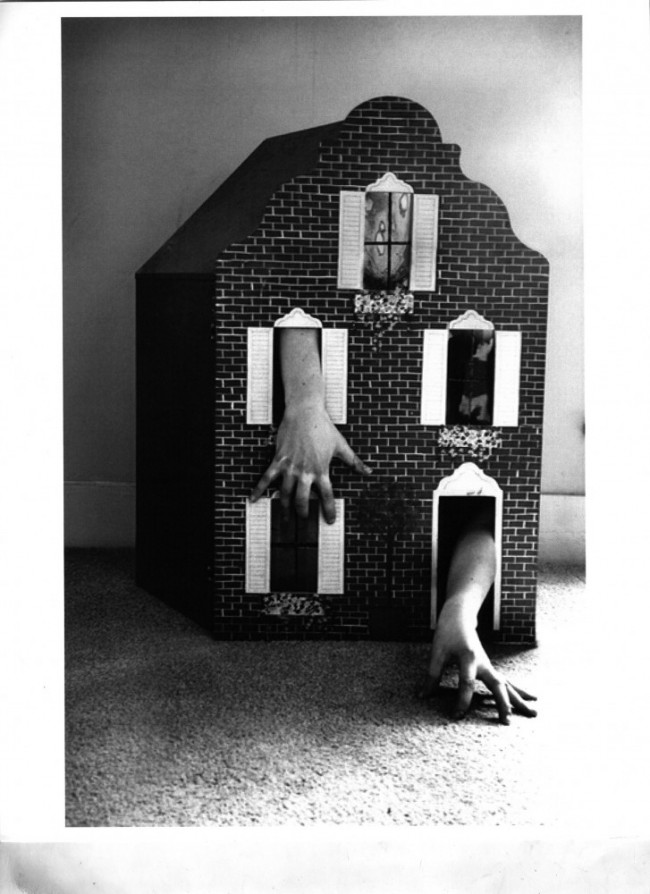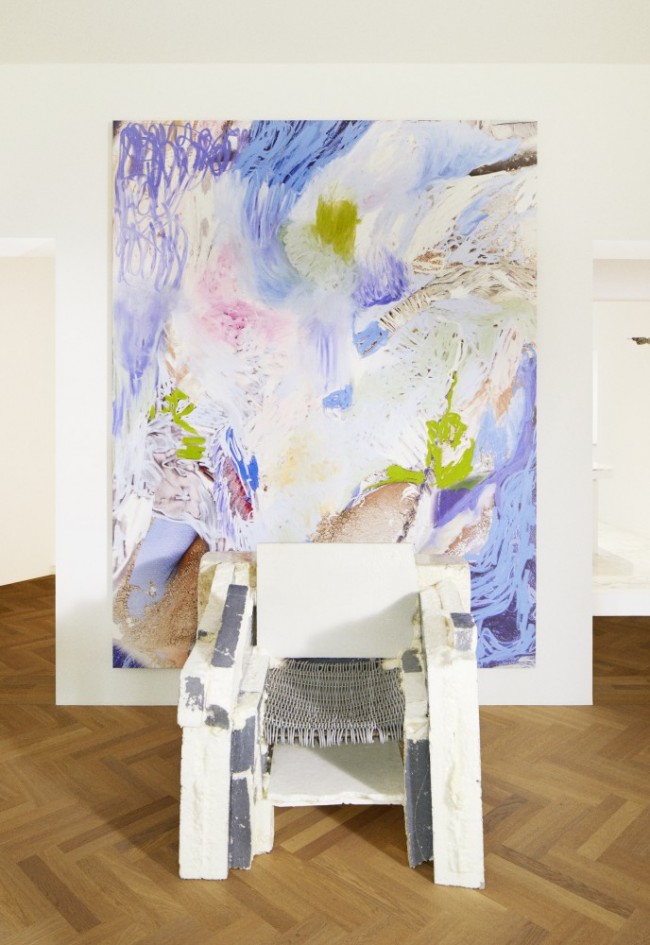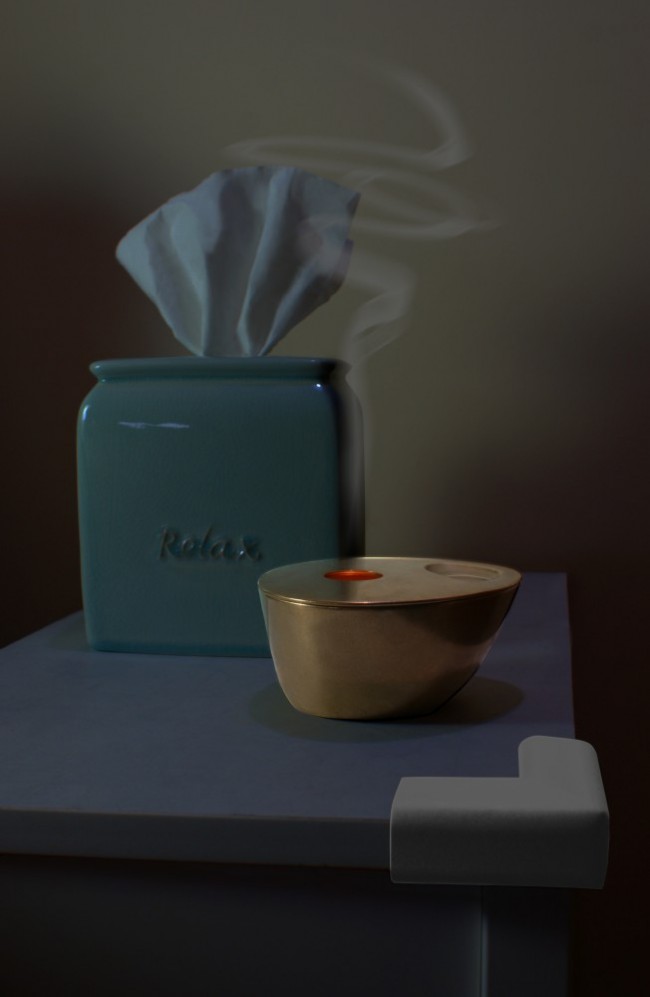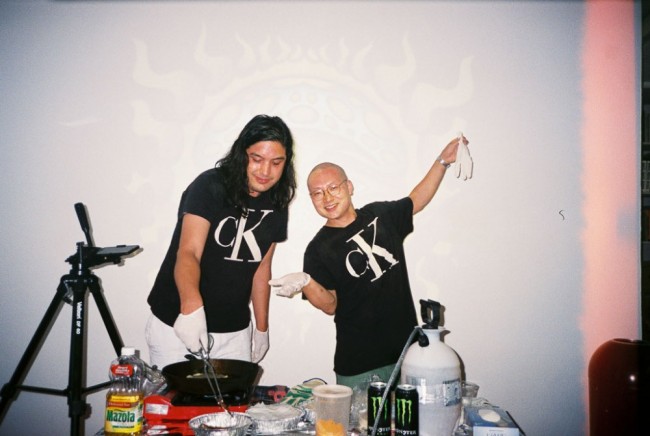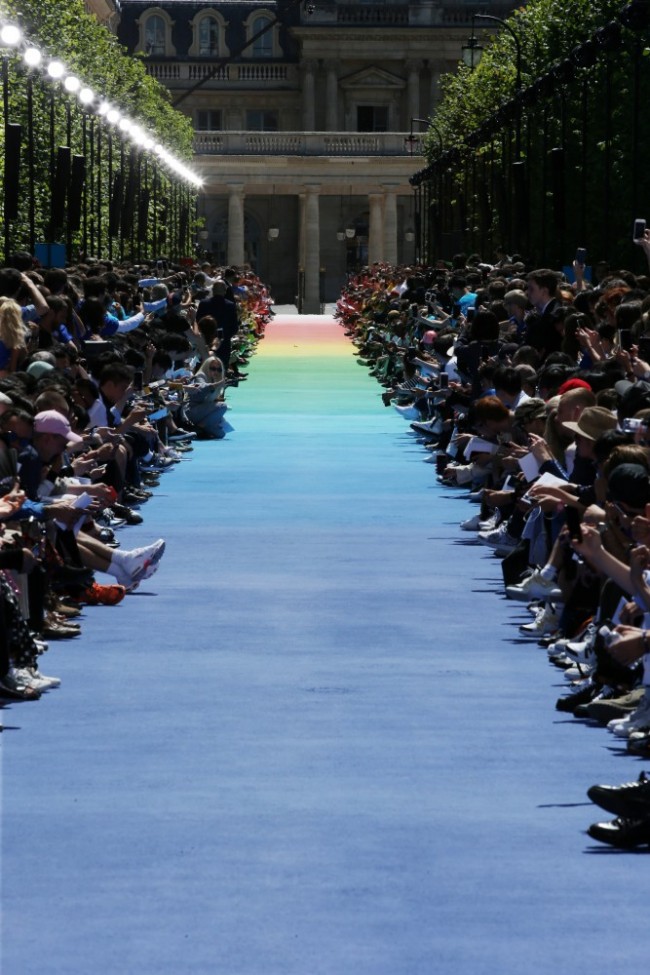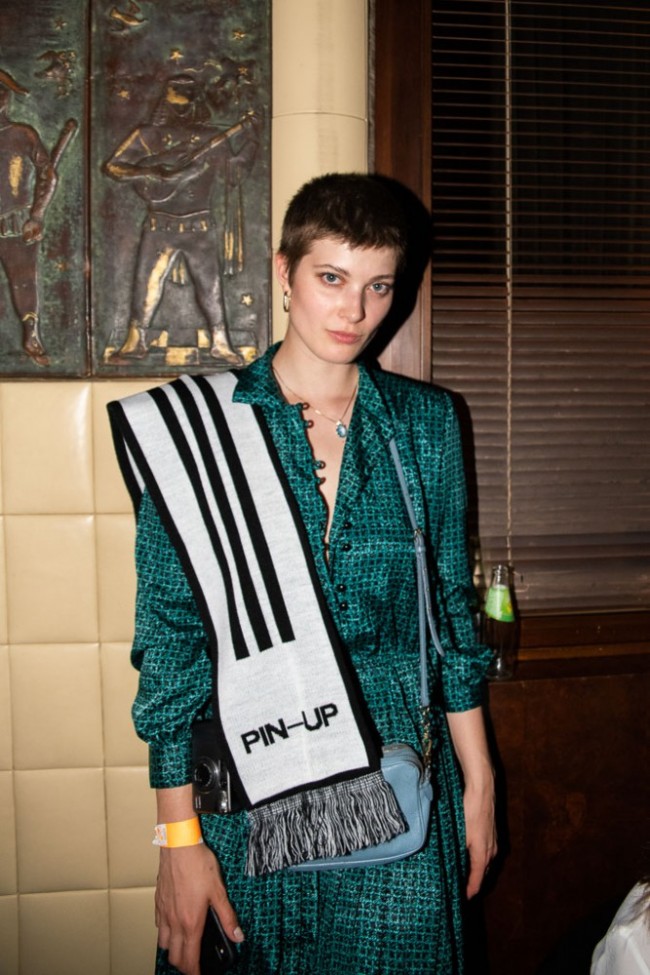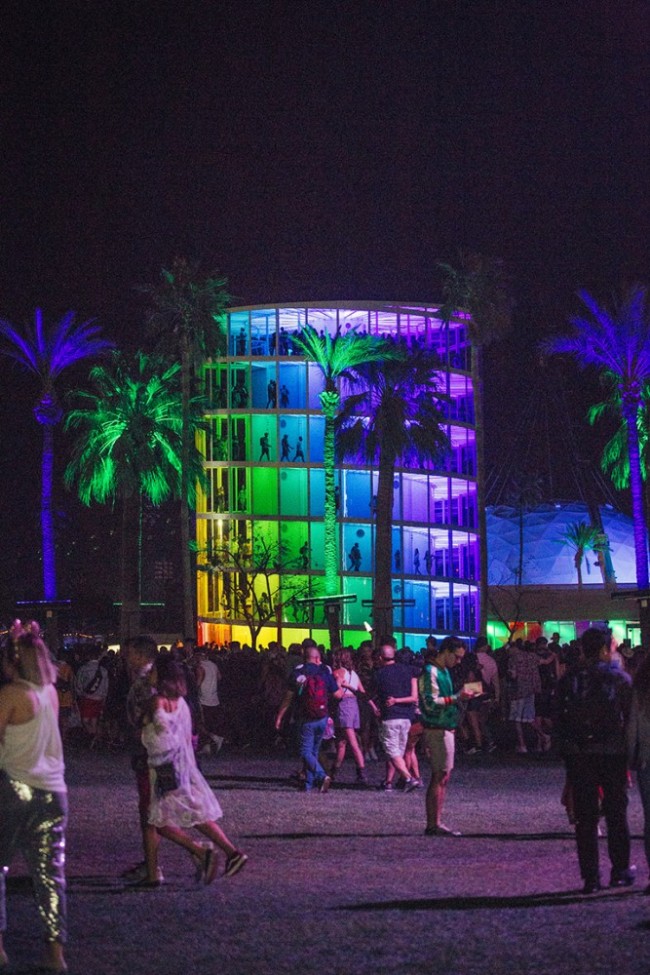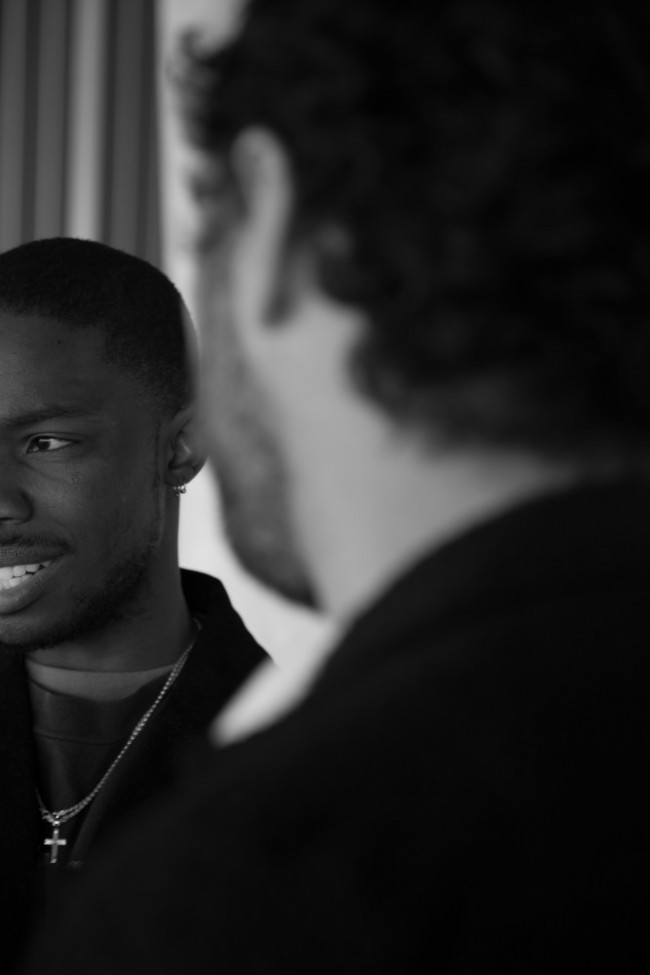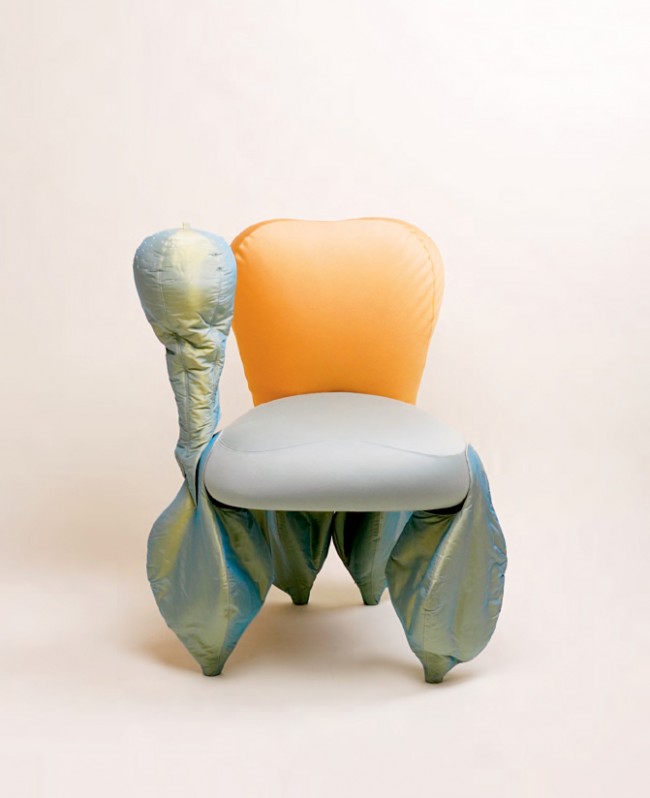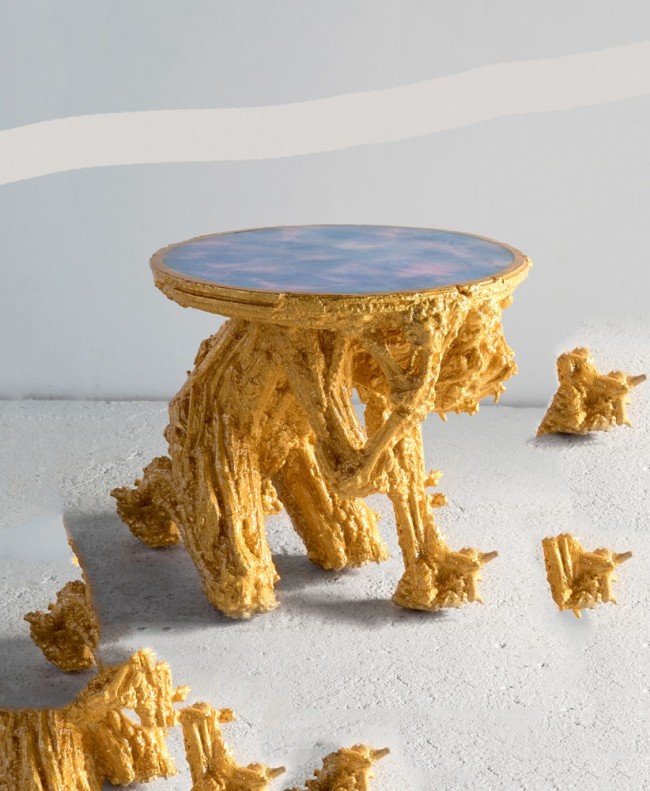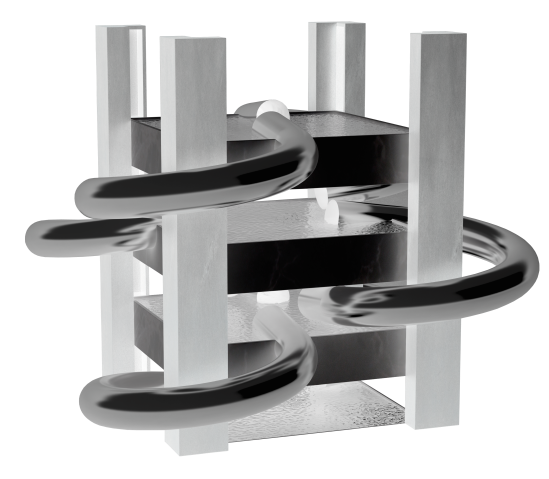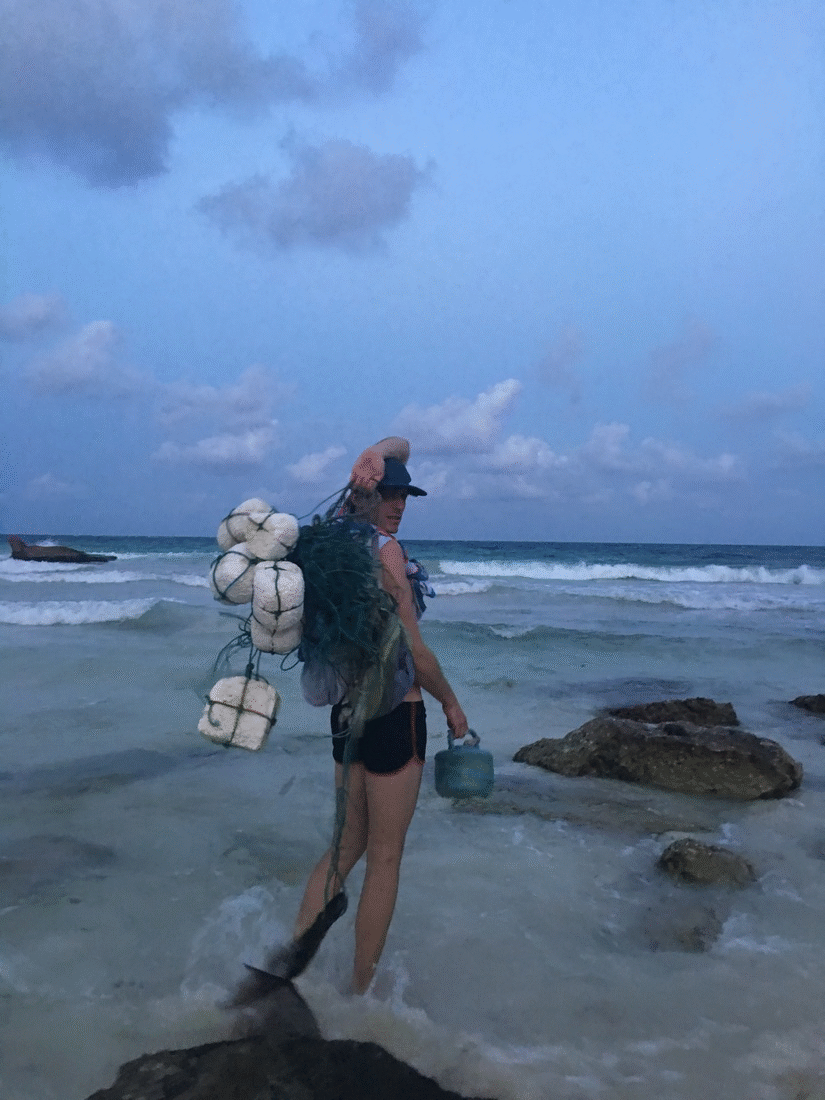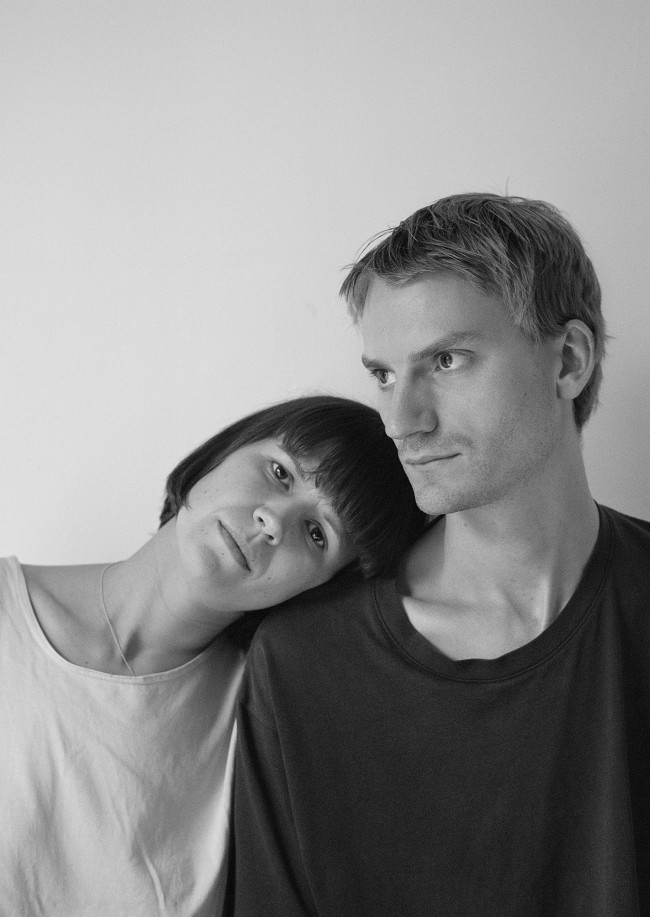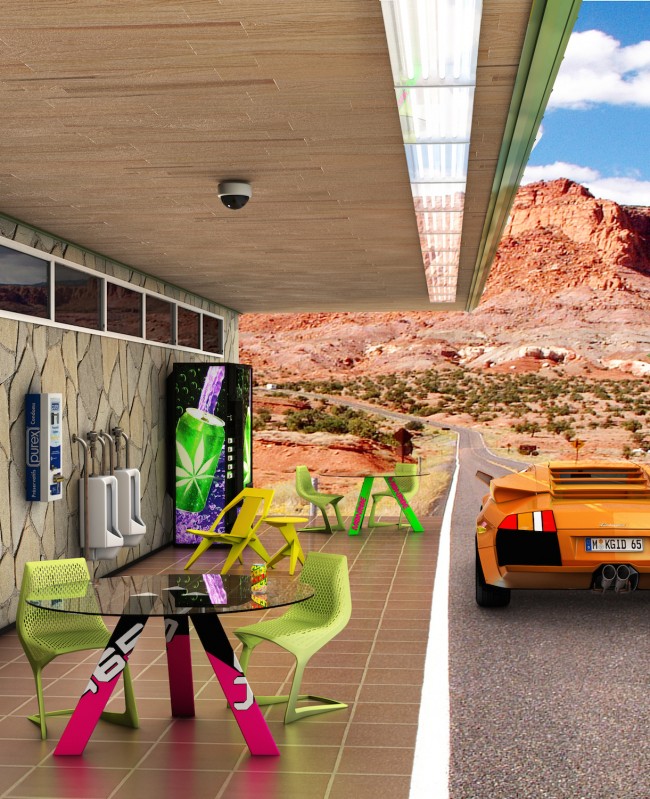WELCOME TO THE SCROLLHOUSE

The exhibition Blow Up curated by Felix Burrichter and designed by Charlap Hyman & Herrero and currently on view at Friedman Benda gallery New York, is an exploration on design, scale, and the conditioning of childhood. As part of the exhibition program, we asked five writers to write a special diary entry around the theme of childhood, design, and their ideas of domesticity. To read the other entries click here.
Today’s tweens know better than to waste their time with toys. Search “dollhouse” on Instagram and you’ll find strip clubs, microblading salons, and miniature household items handmade by disappointed adults. Pink plastic castles have been usurped by beauty apps and social networks, enabling girls to both consume and create their own fantasy worlds online. Like dollhouses, these platforms reinforce gender and aesthetic norms, only instead of Barbie there's King Kylie, and instead of a DreamHouse™ and glam convertible there are hidden mansions and a whole fleet of kustom kars.
Teens watch Kylie swatch her latest lip kit and then use her sponsored filter to try it — and her Juvederm-enhanced lips — on themselves. Online images have become trading cards, encouraging teens to level up with filters and Facetune so they can score more likes and followers. Like in real life, the goal of this online fantasy is to become beautiful, buy things, and get popular. But when tiny houses look like mansions on Instagram and girls can virtually manipulate themselves like dolls, there’s no difference between real and make believe.
-

View of Blow Up exhibition. Photography by Timothy Doyon. Courtesy of Friedman Benda.
-

View of Blow Up exhibition. Photography by Timothy Doyon. Courtesy of Friedman Benda.
-
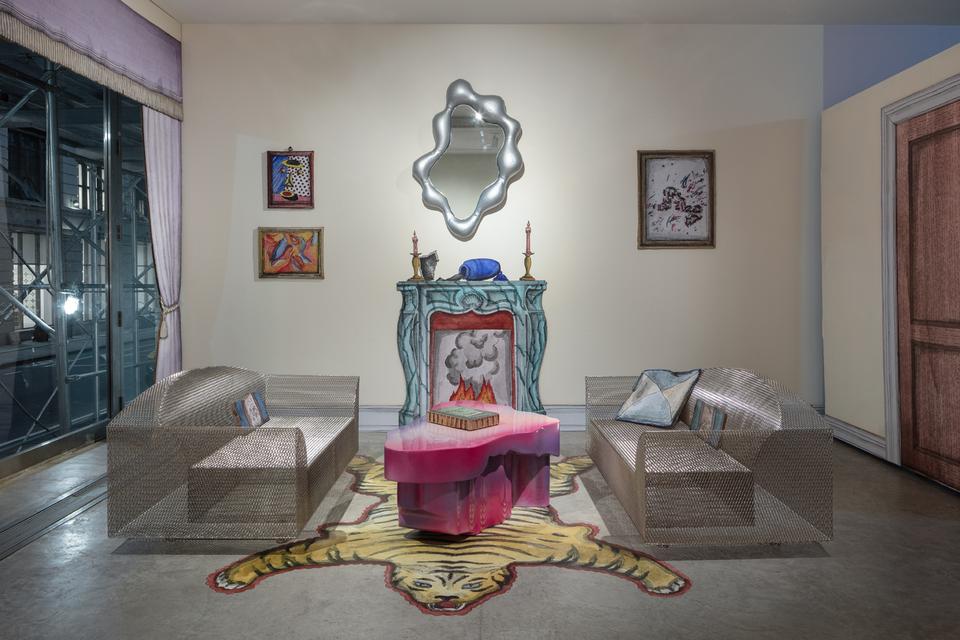
View of Blow Up exhibition. Photography by Timothy Doyon. Courtesy of Friedman Benda.
Thanks to click-based algorithms, popular adults, just like Barbie and her friends, know that posting photos similar to one another will get them more attention online. Instead of playing house, young girls learn to become women by replicating each other’s images, creating a feedback loop full of grainy selfies and Insta-friendly coffee shops. Teens learn fashion and makeup trends from influencers and beauty vlogs that encourage creativity and experimentation while simultaneously teaching young women which looks get the most likes. It’s this system that gives LGBTQ kids a platform for experimentation while simultaneously convincing an entire generation that oversized Anastasia Beverly Hills™ eyebrows are essential to a beautiful face.
Like movies, social media requires a suspension of disbelief. Influencers stage “candid” photoshoots in millennial-pink accented, rent-by-the-hour apartments while marketing companies generate streams of CGI images of avatars “playing dress-up” at home. Teens know that these images aren’t real and yet they keep scrolling and liking anyway. When everything is fake, it’s easy to play along and the threshold for participation is lower, too. Can’t afford ass implants like KKW? Just photoshop your own.
Apps also inspire new forms of consumption through voyeurism and engagement. The aspirational curation of images and goods online has created a parallel universe where consumer satisfaction is supplanted by Poshmark likes and unfulfilled Amazon wish lists. Sometimes just knowing what you’d like to buy is enough to make you feel like it’s all yours; that’s why websites like Pinterest fill consumerist voids. They encourage those who can’t renovate their kitchens or revamp their wardrobes to create dreamy mood boards instead, just like playing house.
-
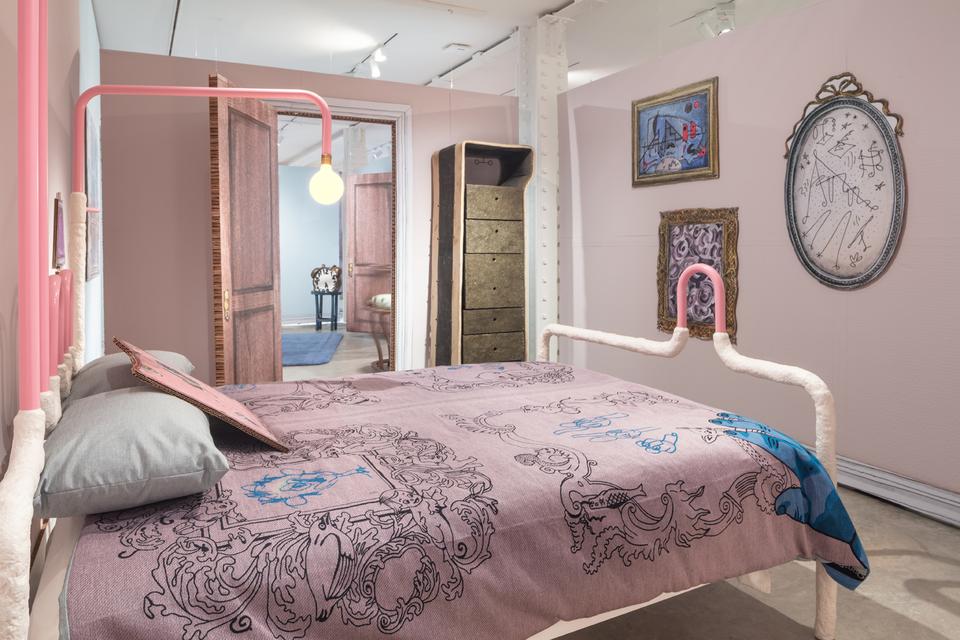
View of Blow Up exhibition. Photography by Timothy Doyon. Courtesy of Friedman Benda.
-

View of Blow Up exhibition. Photography by Timothy Doyon. Courtesy of Friedman Benda.
-

View of Blow Up exhibition. Photography by Timothy Doyon. Courtesy of Friedman Benda.
Even repulsive imagery plays into the aspirational world of social media. Outrage influencers like Lil Tay, the ten-year-old “rapper” who spews offensive lyrics to earn attention online, stage video shoots in open-houses and hotel rooms to incite envy from little girls and adults glued to their devices. “Broke-ass haters” watch Tay while she waves $100 bills and screams about how her bed costs as much as a Lamborghini. It’s only when you look closely at what is going on in the background that you realize her mansion in “the hills” is just a carpeted condo in Vancouver, and the toilet that costs “more than your rent” is just plain old porcelain.
Like with Barbie and her elevator-equipped DreamHouse™, today’s virtual realities encourage girls to pursue a life of beauty and consumptive leisure — but how this might be achieved is not important. Like Lil Tay says: “If y’all work hard, y’all can accomplish your dreams just like I did.” But when virality equals success and likes are currency, the easiest way to get rich is to act as if you already are. If you keep your blogging to the living room no one will know that you have a closet for a bedroom instead of a Barbie-approved dream boudoir.
Text by Taylore Scarabelli.
Blow Up is on view at Friedman Benda gallery, New York until February 16, 2019.

